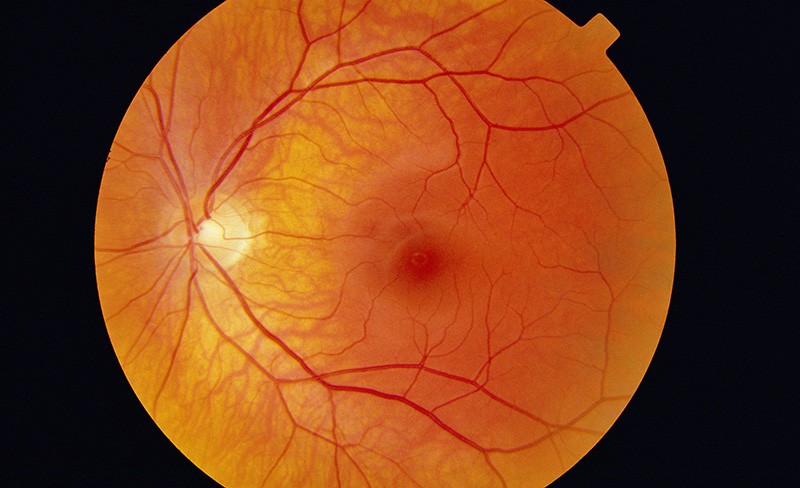 |
| (c) Paul Parker/SPL via Nature |
The research relied on a convolutional neural network, a type of deep-learning algorithm that is transforming how biologists analyse images. Scientists are using the approach to find mutations in genomes and predict variations in the layout of single cells. Google’s method, described in Predicting Cardiovascular Risk Factors from Retinal Fundus Photographs using Deep Learning, is part of a wave of new deep-learning applications that are making image processing easier and more versatile — and could even identify overlooked biological phenomena.
Convolutional neural networks allow computers to process an image efficiently and holistically, without splitting it into parts. The approach took off in the tech sector around 2012, enabled by advances in computer power and storage; for example, Facebook uses this type of deep learning to identify faces in photographs. But scientists struggled to apply the networks to biology, in part because of cultural differences between fields.
Scientists also had to identify which types of study could be conducted using networks that must be trained with huge sets of images before they can start making predictions. When Google wanted to use deep learning to find mutations in genomes, its scientists had to convert strands of DNA letters into images that computers could recognize. Then they trained their network on DNA snippets that had been aligned with a reference genome, and whose mutations were known. The end result was DeepVariant, a tool that can find small variations in DNA sequences. In tests, DeepVariant performed at least as well as conventional tools.
Cell biologists at the Allen Institute for Cell Science in Seattle, Washington, are using convolutional neural networks to convert flat, grey images of cells captured with light microscopes into 3D images in which some of a cell’s organelles are labelled in color. The approach eliminates the need to stain cells — a process that requires more time and a sophisticated lab, and can damage the cell. The group has published details of an advanced technique that can predict the shape and location of even more cell parts using just a few pieces of data — such as the cell’s outline.
While some scientists and researchers are impressed in how well machine learning can accomplish biological tasks that have to do with imaging,” others are most excited by the idea that analyzing images with convolutional neural networks could inadvertently reveal subtle biological phenomena, prompting biologists to ask questions they might not have considered before.
Such serendipitous discoveries could help to advance disease research, as per some scientists. If deep learning can reveal subtle markers of cancer in an individual cell, it could help to improve how researchers classify tumor progression. That could in turn trigger new hypotheses about how cancer spreads.
Other machine-learning connoisseurs in biology have set their sights on new frontiers, now that convolutional neural networks are taking flight for image processing. They are focused on chemistry and molecular data, with some scientists hoping to tweak neural networks so that they can analyse gene expression.
Source
More about Retina Global here. We seek your support. Click here to donate. Disclaimer.
No comments:
Post a Comment
Thanks for your comments. We will get back to you shortly if there is a need to respond to it.
- Admin, Retina Global
Read more on Retina Global.